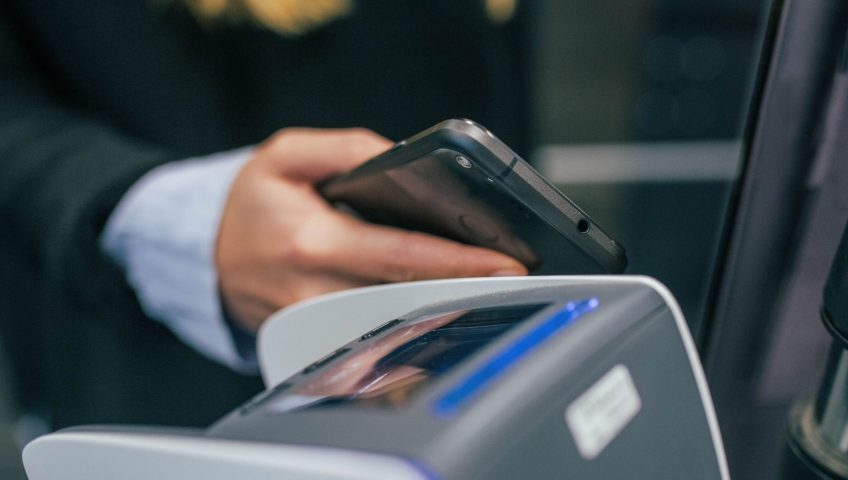So… you’ve seen people holding their phones near a payment device to purchase their latte or BLT roll, with no credit or debit card in sight (and no cash, for that matter!). You may be making your own mobile-based purchases daily, too. But what exactly is a digital wallet? And how secure is ‘e-wallet’ technology?
Digital wallets explained
A digital wallet is pretty much what it says on the box – digital storage of items that you might normally keep tucked away in your wallet or purse. Items that can be stored in a digital wallet include credit and debit cards (allowing users to make convenient payments from their phone or smartwatch), identity documents (such as Covid-19 vaccination certificates), loyalty cards (particularly helpful if you love a loyalty card, but don’t want to carry 237 of the abominable things around!), gift cards, and tickets to movies or events. Just note, however, that not all of these items can be added to all digital wallets. Restrictions may depend on what financial institution you are with, what company is issuing your virtual tickets, your choice of digital wallet, and the make of your mobile device.
Payments using your digital wallet
Other than perhaps the aforementioned loyalty card storage, digital wallets are most useful in terms of their ability to allow us to make contactless payments. Examples of digital wallets that enable tap-and-go payments at in-store terminals include Apple’s Wallet, Samsung Pay, PayPal, and Google Pay. The digital wallet stores virtual versions of your cards or account details, so you don’t need to carry a physical card, then uses software to link your payment details to the transaction vendor. Just like you would crack open your wallet to access your physical credit card when buying something, you open your digital wallet app to access your virtual payment details – then use your device to ‘tap and go’ as usual.
To get started using a digital wallet, all you need to do is choose your preferred wallet (often the built-in wallet on your mobile device or, alternatively, a (thoroughly researched) option downloaded from your app store) and add a compatible debit or credit card. Once you’re set up and out and about, open your application and move your device close to the payment machine; a message will be displayed on the machine when the payment has been approved.
Digital wallet safety and security
What happens when you lose your real-world wallet and someone (unscrupulous) finds your debit or credit cards? They can tap-and-go, tap-and-go, tap-and-go for numerous small purchases (up to $200 a pop), without needing a PIN, until you report your card missing to your financial institution… But if you lose your phone with your digital wallet details? Well – if your phone is password or number-code protected or secured with fingerprint or face-recognition authentication – your financial details are safely locked up inside your device. Digital wallets also use advanced encryption to ensure that your payment information never leaves your device, generally making this technology the safer financial option.
Remember: once you’ve added cards to your digital wallet, make sure that you have also enabled the security features your mobile device offers, especially any biometrics including fingerprint or iris/face scanners. If your device doesn’t have these features, use a strong password, and change it often.
Stop by and see Geelong’s technology experts
With our phones now even more ubiquitous after becoming QR-code check-in experts over the past two years, payment via our mobile devices really is on the up and up. If you’re still uncertain about which digital wallet to use or how to use your phone to tap and go – feel free to ask one of our friendly technicians when you’re next in the Geelong Technology Group showroom – we are 100% here to help.
📍 166 Francis Street, Belmont ☎ 1300 GET GTG (1300 438 484)





Recent Comments